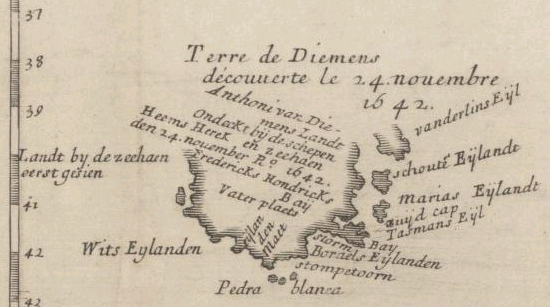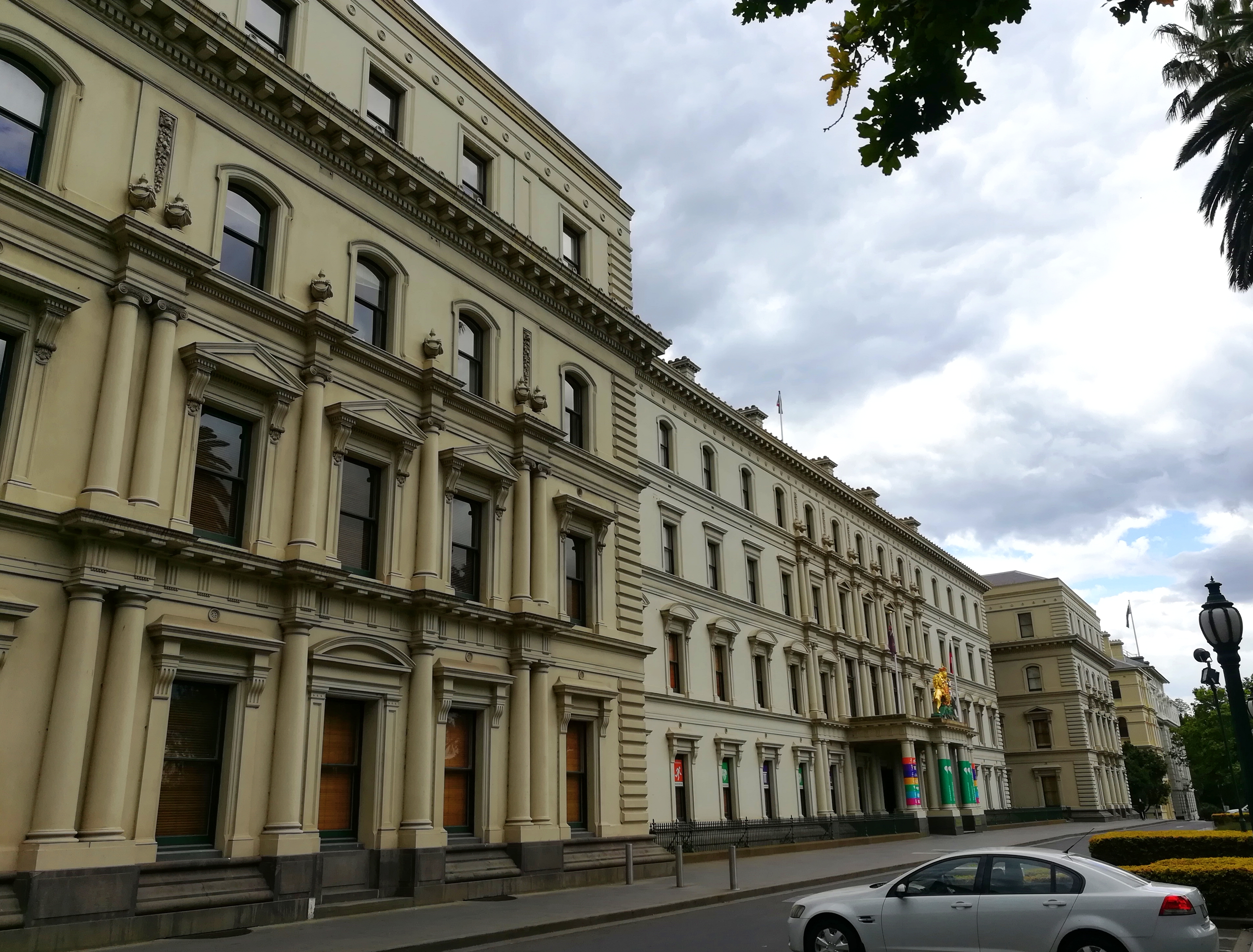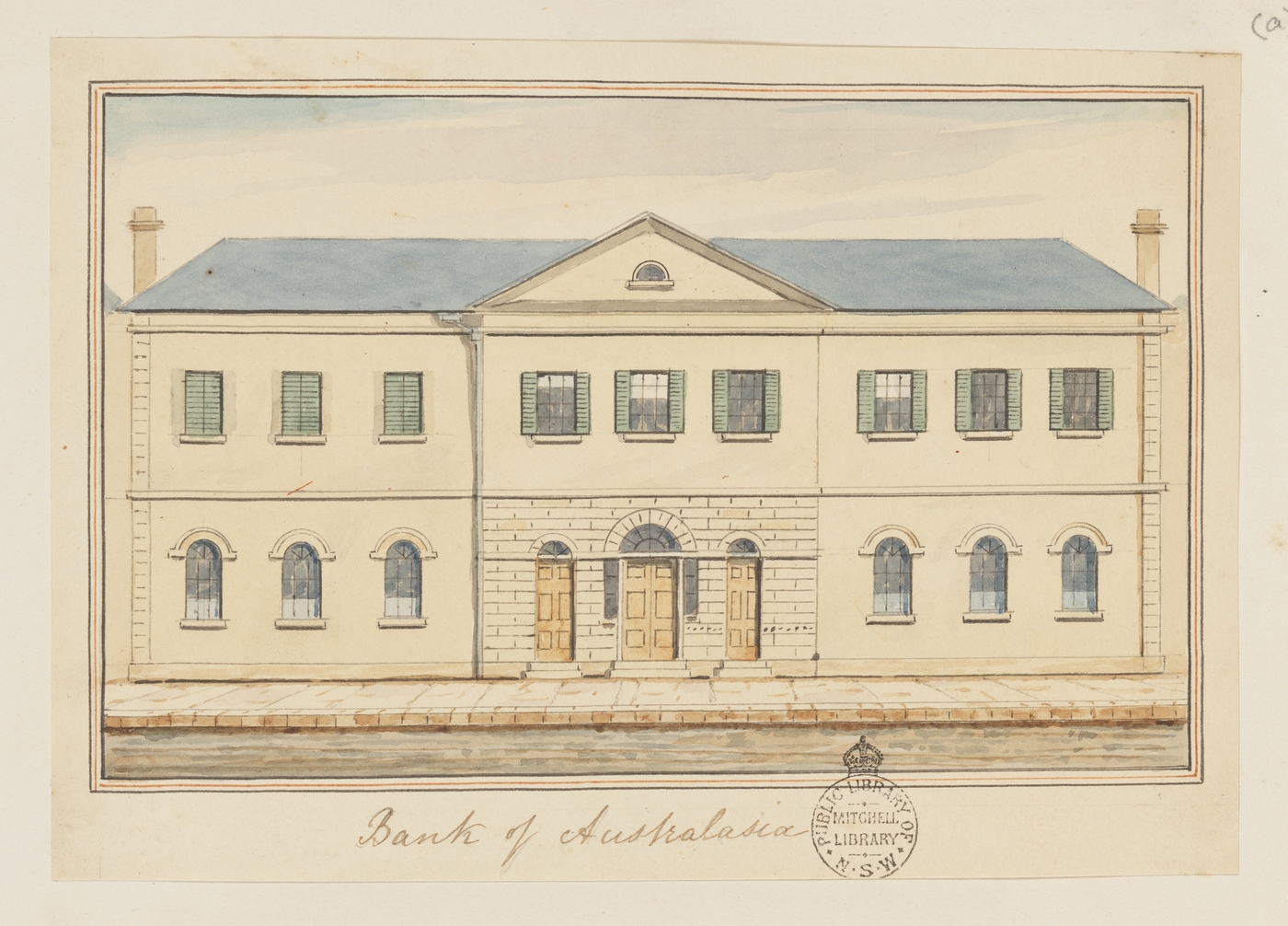|
James Simpson (civil Servant)
James Simpson (c. 1792 – 17 April 1857) was born in England and arrived in Van Diemen's Land (now Tasmania) in April 1825 on board the ''Elizabeth''. In March 1827 he was appointed police magistrate at Norfolk Plains and later at Campbell Town. In 1832 he moved to Hobart as commissioner of the Land Board. Dissatisfied with his prospects in Tasmania, Simpson joined the Port Phillip Association and in February 1836 offered his resignation to Lieutenant-governor Arthur who reluctantly reported to the Colonial Office that Simpson had "been infected with the Port Phillip mania." Simpson arrived at Melbourne in April 1836 in the barque ''Caledonia''. As a member of the Port Phillip Association he had been allotted an area of land between the Werribee River and Station Peak, but held this for only a short time. On 1 June 1836 the leading settlers of Port Phillip held the first public meeting at the township and by popular decision appointed Simpson as arbitrator in all disp ... [...More Info...] [...Related Items...] OR: [Wikipedia] [Google] [Baidu] |
Van Diemen's Land
Van Diemen's Land was the colonial name of the island of Tasmania used by the British during the European exploration of Australia in the 19th century. A British settlement was established in Van Diemen's Land in 1803 before it became a separate colony in 1825. Its penal colonies became notorious destinations for the transportation of convicts due to the harsh environment, isolation and reputation for being inescapable. Macquarie Harbour and Port Arthur are among the most well-known penal settlements on the island. With the passing of the Australian Constitutions Act 1850, Van Diemen's Land (along with New South Wales, Queensland, South Australia, Victoria, and Western Australia) was granted responsible self-government with its own elected representative and parliament. On 1 January 1856, the colony of Van Diemen's Land was officially changed to Tasmania. The last penal settlement was closed in Tasmania in 1877. Toponym The island was named in honour of Anthony van Die ... [...More Info...] [...Related Items...] OR: [Wikipedia] [Google] [Baidu] |
William Lonsdale (colonist)
William Lonsdale (2 or 21 October 1799 – 28 March 1864) supervised the founding of the official settlement at Port Phillip (later named Melbourne) from 1836 and went on to serve under the Superintendent La Trobe from 1839 to 1854. Early life Lonsdale was born in Den Helder, Batavian Republic, during Britain's failed campaign to restore the deposed Prince William of Orange. His father, Lieutenant James Lonsdale, had been accompanied by his wife Jane (''née'' Faunce). William at age 20 joined his father's old regiment, the King's Own (4th) Regiment of the Foot, as an ensign on 8 July 1819. He was soon joined by his younger brother, . William and served with their Regiment in the West Indies and on 4 March 1824 William was promoted Lieutenant and appointed Adjutant. He returned to England and was posted to Portugal. By 1830 he was back in England and by 20 March 1831 his Regiment was posted to the Colony of New South Wales to relieve the 39th Regiment. He was to become a ... [...More Info...] [...Related Items...] OR: [Wikipedia] [Google] [Baidu] |
Settlers Of Melbourne
A settler is a person who has migrated to an area and established a permanent residence there, often to colonize the area. A settler who migrates to an area previously uninhabited or sparsely inhabited may be described as a pioneer. Settlers are generally from a sedentary culture, as opposed to nomadic peoples who may move settlements seasonally, within traditional territories. Settlement sometimes relies on dispossession of already established populations within the contested area, and can be a very violent process. Sometimes settlers are backed by governments or large countries. Settlements can prevent native people from continuing their work. Historical usage One can witness how settlers very often occupied land previously residents to long-established peoples, designated as Indigenous (also called "natives", "Aborigines" or, in the Americas, "Indians"). The process by which Indigenous territories are settled by foreign peoples is usually called settler colonialism ... [...More Info...] [...Related Items...] OR: [Wikipedia] [Google] [Baidu] |
1857 Deaths
Events January–March * January 1 – The biggest Estonian newspaper, ''Postimees'', is established by Johann Voldemar Jannsen. * January 7 – The partly French-owned London General Omnibus Company begins operating. * January 9 – The 7.9 Fort Tejon earthquake shakes Central and Southern California, with a maximum Mercalli intensity of IX (''Violent''). * January 24 – The University of Calcutta is established in Calcutta, as the first multidisciplinary modern university in South Asia. The University of Bombay is also established in Bombay, British India, this year. * February 3 – The National Deaf Mute College (later renamed Gallaudet University) is established in Washington, D.C., becoming the first school for the advanced education of the deaf. * February 5 – The Federal Constitution of the United Mexican States is promulgated. * March – The Austrian garrison leaves Bucharest. * March 3 ** France and the United Kingdom f ... [...More Info...] [...Related Items...] OR: [Wikipedia] [Google] [Baidu] |
1792 Births
Year 179 ( CLXXIX) was a common year starting on Thursday (link will display the full calendar) of the Julian calendar. At the time, it was known as the Year of the Consulship of Aurelius and Veru (or, less frequently, year 932 ''Ab urbe condita''). The denomination 179 for this year has been used since the early medieval period, when the Anno Domini calendar era became the prevalent method in Europe for naming years. Events By place Roman empire * The Roman fort Castra Regina ("fortress by the Regen river") is built at Regensburg, on the right bank of the Danube in Germany. * Roman legionaries of Legio II ''Adiutrix'' engrave on the rock of the Trenčín Castle (Slovakia) the name of the town ''Laugaritio'', marking the northernmost point of Roman presence in that part of Europe. * Marcus Aurelius drives the Marcomanni over the Danube and reinforces the border. To repopulate and rebuild a devastated Pannonia, Rome allows the first German colonists to enter territory co ... [...More Info...] [...Related Items...] OR: [Wikipedia] [Google] [Baidu] |
Melbourne General Cemetery
The Melbourne General Cemetery is a large (43 hectare) necropolis located north of the city of Melbourne in the suburb of Carlton North. The cemetery is notably the resting place of four Prime Ministers of Australia, more than any other necropolis within Australia. Former Prime Minister Harold Holt's headstone is a memorial, as his remains have never been discovered. History The cemetery was established in 1852 and opened on 1 June 1853, and the Old Melbourne Cemetery (on the site of what is now the Queen Victoria Market) was closed the next year. The grounds feature several heritage buildings, many in bluestone, including a couple of chapels and a number of cast iron pavilions. The gatehouses are particularly notable. Notable interments Prime Ministers Garden Five Prime Ministers of Australia are memorialised at Melbourne General Cemetery. Three are interred in the cemetery's 'Prime Ministers Garden': Sir Robert Menzies (including Dame Pattie Menzies), Sir John Gorto ... [...More Info...] [...Related Items...] OR: [Wikipedia] [Google] [Baidu] |
Church Of England
The Church of England (C of E) is the established Christian church in England and the mother church of the international Anglican Communion. It traces its history to the Christian church recorded as existing in the Roman province of Britain by the 3rd century and to the 6th-century Gregorian mission to Kent led by Augustine of Canterbury. The English church renounced papal authority in 1534 when Henry VIII failed to secure a papal annulment of his marriage to Catherine of Aragon. The English Reformation accelerated under Edward VI's regents, before a brief restoration of papal authority under Queen Mary I and King Philip. The Act of Supremacy 1558 renewed the breach, and the Elizabethan Settlement charted a course enabling the English church to describe itself as both Reformed and Catholic. In the earlier phase of the English Reformation there were both Roman Catholic martyrs and radical Protestant martyrs. The later phases saw the Penal Laws punish Ro ... [...More Info...] [...Related Items...] OR: [Wikipedia] [Google] [Baidu] |
East Melbourne
East Melbourne is an inner-city suburb in Melbourne, Victoria, Australia, east of Melbourne's Central Business District, located within the City of Melbourne local government area. East Melbourne recorded a population of 4,896 at the 2021 census. East Melbourne is a small area of inner Melbourne, located between Richmond and the Central Business District. Broadly, it is bounded by Spring Street, Victoria Parade, Punt Road/Hoddle Street and Brunton Avenue. One of Melbourne's earliest suburbs, East Melbourne has long been home to many significant government, health and religious institutions, including the Parliament of Victoria and offices of the Victoria State Government in the Parliamentary and Cathedral precincts, which are located on a gentle hill at the edge of the Melbourne's Hoddle Grid, known as Eastern Hill. The world-famous Melbourne Cricket Ground (MCG) is located in Yarra Park, in the East Melbourne locality of Jolimont. East Melbourne has been affluent sin ... [...More Info...] [...Related Items...] OR: [Wikipedia] [Google] [Baidu] |
Bank Of Australasia
The Bank of Australasia was an Australian bank in operation from 1835 to 1951. Headquartered in London, the bank was incorporated by Royal Charter in March 1834. It had initially been planned to additionally include first South Africa and then Ceylon in the bank's operations; however, both these moves were blocked by the Lords of the Treasury. Its first branch opened in Sydney on 14 December 1835, followed by branches in Hobart and Launceston on 1 January 1836, in the latter city by taking over the former Cornwall Bank. A Melbourne branch opened on 28 August 1838 and an Adelaide branch on 14 January 1839. It opened a Perth branch in May 1841 when it absorbed the original Bank of Western Australia; however, the branch was closed in 1844 and the bank would not reopen in that city until 1894. It suffered financial difficulties during the 1840s depression, in part because of a controversial loan to the failing Bank of Australia which resulted in significant litigation. Having op ... [...More Info...] [...Related Items...] OR: [Wikipedia] [Google] [Baidu] |
Port Phillip
Port Phillip (Kulin languages, Kulin: ''Narm-Narm'') or Port Phillip Bay is a horsehead-shaped bay#Types, enclosed bay on the central coast of southern Victoria (Australia), Victoria, Australia. The bay opens into the Bass Strait via a short, narrow channel (geography), channel known as The Rip, and is completely surrounded by suburbs and localities (Australia), localities of Victoria's two largest cities — metropolitan Greater Melbourne in the bay's main eastern portion north of the Mornington Peninsula, and the city of Greater Geelong in the much smaller western portion (known as the Corio Bay) north of the Bellarine Peninsula. Geographically, the bay covers and the shore stretches roughly , with the volume of water around . Most of the bay is navigable, although it is extremely shallow for its size — the deepest portion is only and half the bay is shallower than . Its waters and coast are home to Pinniped, seals, whales, dolphins, corals and many kinds of seabirds and ... [...More Info...] [...Related Items...] OR: [Wikipedia] [Google] [Baidu] |
Tasmania
) , nickname = , image_map = Tasmania in Australia.svg , map_caption = Location of Tasmania in AustraliaCoordinates: , subdivision_type = Country , subdivision_name = Australia , established_title = Before federation , established_date = Colony of Tasmania , established_title2 = Federation , established_date2 = 1 January 1901 , named_for = Abel Tasman , demonym = , capital = Hobart , largest_city = capital , coordinates = , admin_center = 29 local government areas , admin_center_type = Administration , leader_title1 = Monarch , leader_name1 = Charles III , leader_title2 = Governor , leader_name2 ... [...More Info...] [...Related Items...] OR: [Wikipedia] [Google] [Baidu] |







